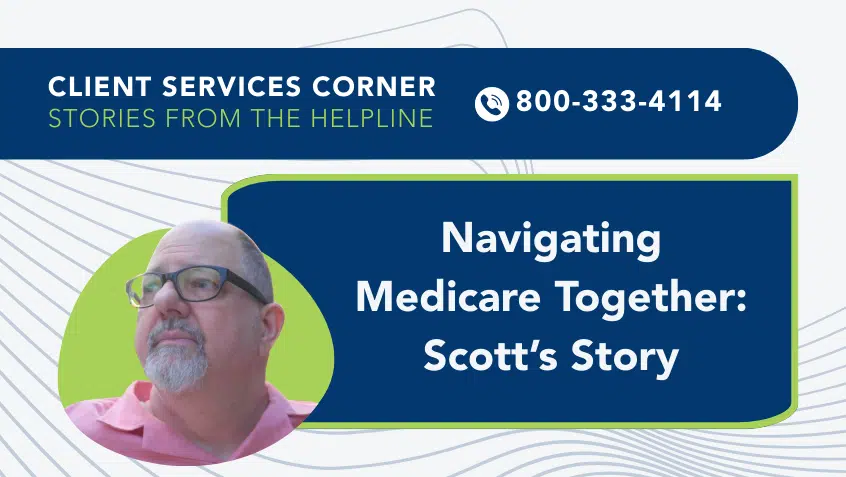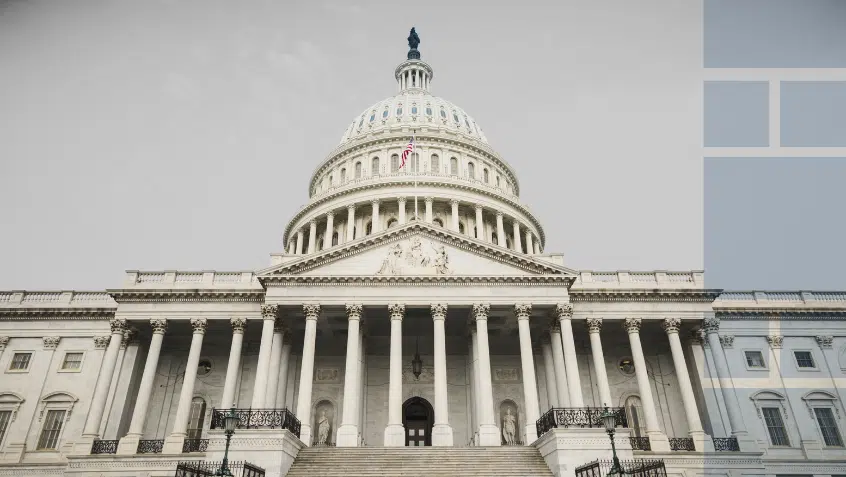Join Us Live for a Discussion on Medicare, Democracy, and the Future of Health Care
Medicare Provider Overpayments Problematic and Point to Larger Issue

Late last month, the U.S. Department of Health and Human Services Office of Inspector General (OIG) released a report finding Medicare often overpaid for physician services when beneficiaries were admitted to a skilled nursing facility (SNF) or hospital. Through audits, OIG found that these overpayments cost the program more than $44 million over 2 years while beneficiaries may have been overcharged by at least $11 million.
Practitioners providing physician services to beneficiaries who are inpatients in a facility like a SNF or hospital are paid at a lower rate than when they provide the same services to those who are not classified as inpatients, such as in an office-based setting. This difference in rates is meant to account for amounts Medicare has already paid to a facility. Medicare compensates facilities, like SNFs, for expenses such as staff, supplies, or equipment outside of what it pays practitioners. Non-facility rates for practitioners also include those same expenses to cover overhead. This means that paying the practitioner at the non-facility rate for performing in-facility services would be paying for those expenses twice.
There are two wrinkles in these calculations: 1) Even if the practitioners actually saw the beneficiaries outside of the facilities, services for these inpatients are paid at the facility rate; and 2) If the inpatients are not covered by Medicare Part A, the services are paid at the non-facility rate.
When these practitioners bill Medicare, they are required to include a code that identifies where they furnished the services and whether the beneficiary was covered by Part A. According to the report, the OIG audits found that some practitioners included the wrong codes. In some cases, practitioners incorrectly identified the beneficiaries as not in a facility, leading to over $22 million in overpayment and as much as $5.7 million in additional cost sharing for deductibles and coinsurance from beneficiaries. In other cases, practitioners incorrectly identified beneficiaries as not covered by Part A, leading to another $22 million in overpayment and as much as $5.6 million in additional cost sharing.
OIG noted that many practitioners stated that they had difficulty tracking whether beneficiaries were covered by Part A at a given time and that many of the codes may have been simple error. OIG recommended that the Centers for Medicare & Medicaid Services (CMS) seek recoupment of the overpayments and create systems and enhanced education for providers to catch or avoid future issues. CMS concurred with these recommendations. OIG also recommended that CMS should promulgate clarifying regulations to ensure that there are no legal loopholes in the coding requirements. CMS said it would consider new regulatory actions.
At Medicare Rights, we applaud this OIG report and also note that the issue of payments being determined partially based on the location of the services can often create this sort of confusing landscape for providers and beneficiaries alike. For example, practitioners may be paid more for providing services at a hospital than in an office, which can create incentives for hospitals to acquire practices, hire physicians to work as salaried employees, and shunt more services to more lucrative settings.
Better alignment of payments across settings—usually called site neutrality—can eliminate some of these incentives and reduce financial pressure on people with Medicare, taxpayers, and the program itself. Watchdogs identify lack of site neutrality as driving tens of billions in Medicare payments and beneficiary spending.
Read the OIG statement and report.
Show Comments
We welcome thoughtful, respectful discussion on our website. To maintain a safe and constructive environment, comments that include profanity or violent, threatening language will be hidden. We may ban commentors who repeatedly cross these guidelines.
Help Us Protect & Strengthen Medicare
Donate today and make a lasting impact
More than 67 million people rely on Medicare—but many still face barriers to the care they need. With your support, we provide free, unbiased help to people navigating Medicare and work across the country with federal and state advocates to protect Medicare’s future and address the needs of those it serves.
The Latest
Most Read
Add Medicare to Your Inbox
Sign up to receive Medicare news, policy developments, and other useful updates from the Medicare Rights.
View this profile on InstagramMedicare Rights Center (@medicarerights) • Instagram photos and videos









